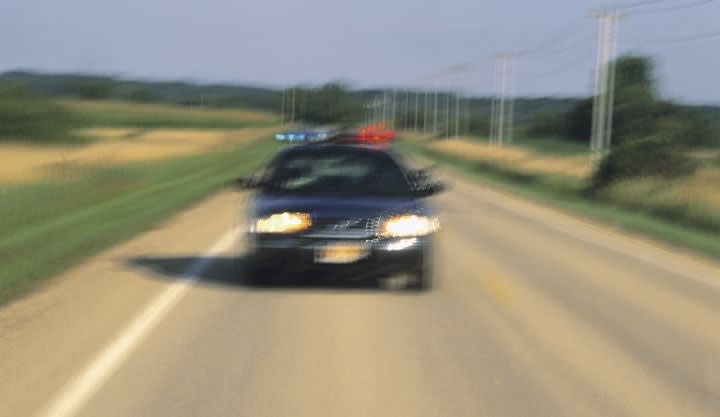In reality, this almost must be on a case-by-case basis, and can be a double-edged sword. Many agencies frown on a pursuit based on a simple traffic violation. However, if the driver of the suspect vehicle takes off "and drives in a reckless manner," that changes things. Reckless driving is usually a misdemeanor, but it poses a danger to the public. Experience tells us that often when someone runs from the police they will continue to drive in a reckless manner long after eluding the officers. Will the public continue to be endangered after the officers have discontinued the pursuit? Perhaps so.
Other concerns must be considered beyond the seriousness of the offense. When deciding whether to pursue, officers should weigh the time of day, weather conditions, speeds involved, condition of the road, the immediate presence of vehicular and pedestrian traffic, the capabilities of their vehicles, quality of radio communications, their knowledge of the area, and their vehicle handling skills. Officers and supervisors should not be afraid to call off a pursuit if it exceeds their capabilities. When available, a helicopter is useful in taking over a pursuit.
Deadly Force
Many agencies are now using, or considering the application of, "legal intervention" such as ramming techniques, tire deflation devices, and even shooting at the suspect and/or vehicle. These tactics, however, may constitute deadly force and should be used appropriately.
In a recent pursuit of a Ford pickup suspected of transporting illegal immigrants, Border Patrol agents laid out a spike strip, which was successful in flattening the tires. However, the driver elected to continue fleeing at speeds up to 80 mph on the wheel rims. The driver lost control, and the truck overturned resulting in serious injuries and fatalities among the occupants.












